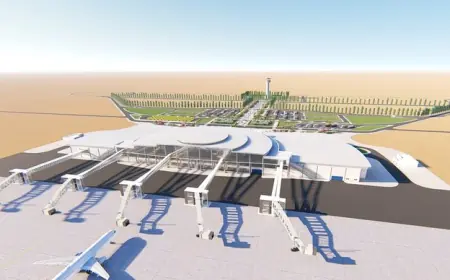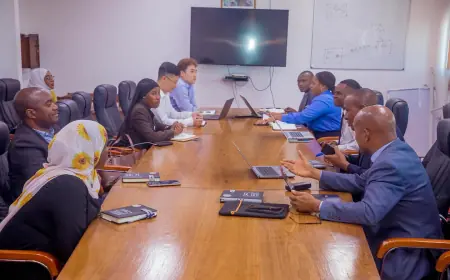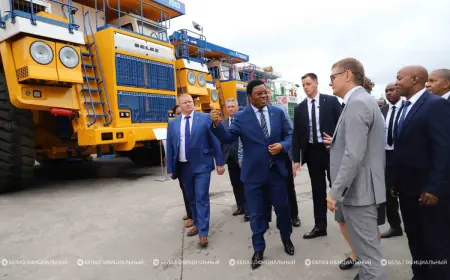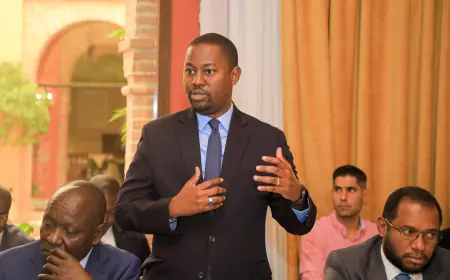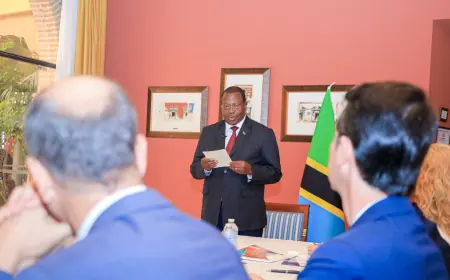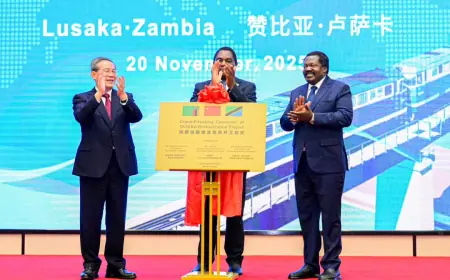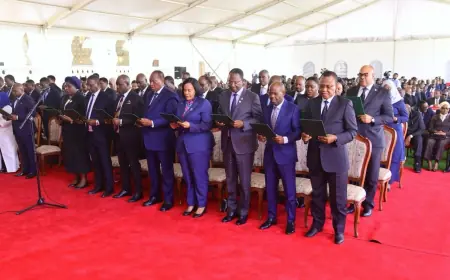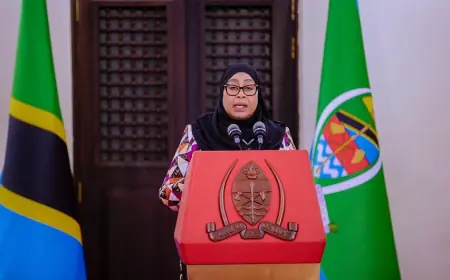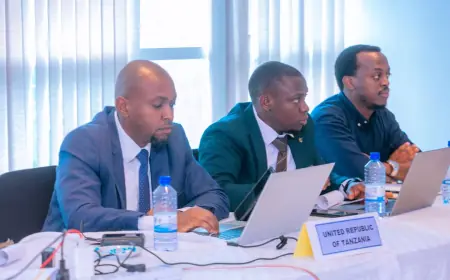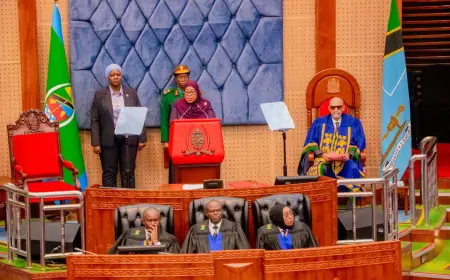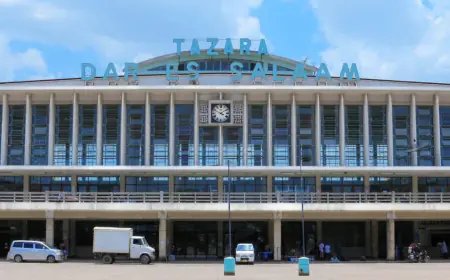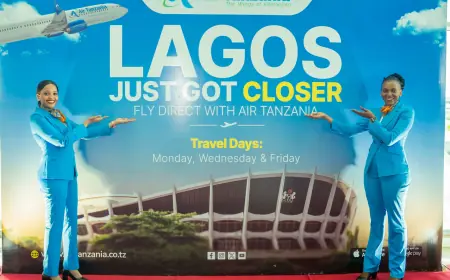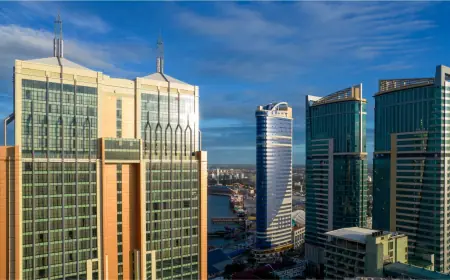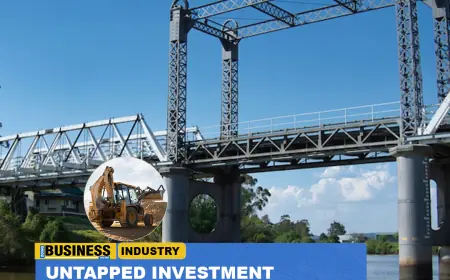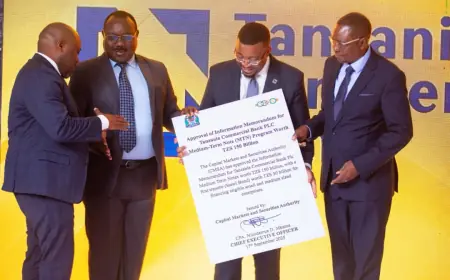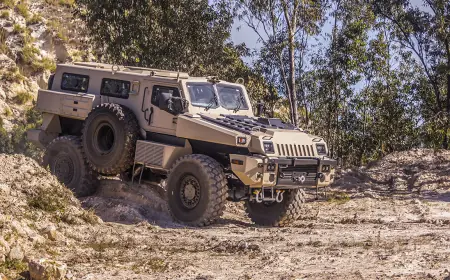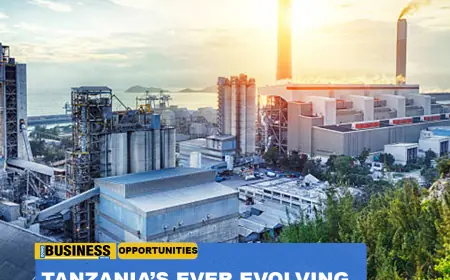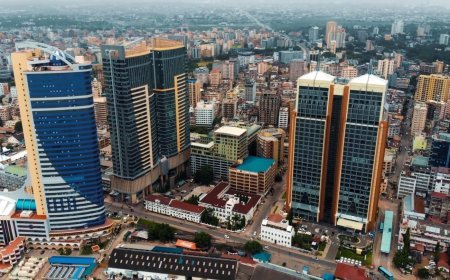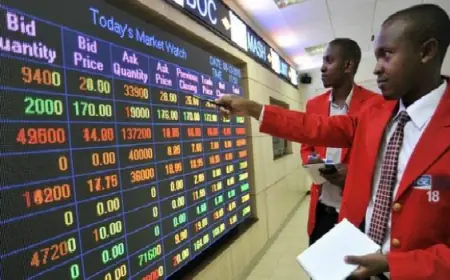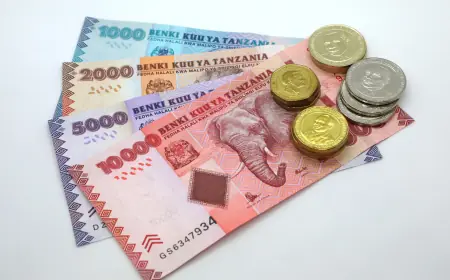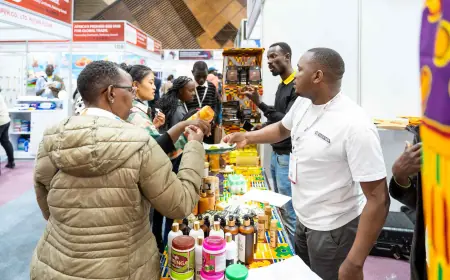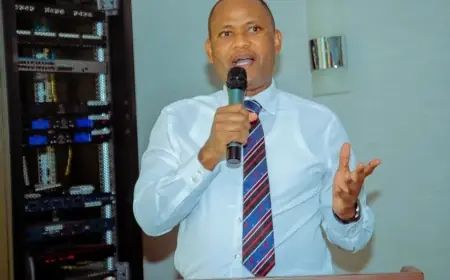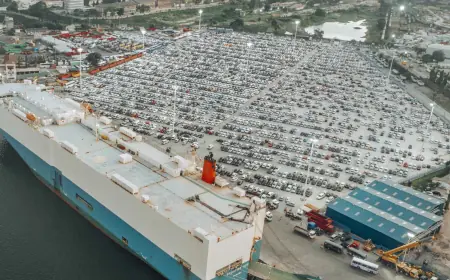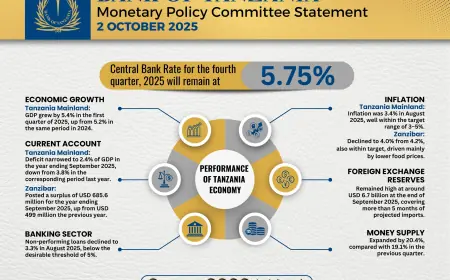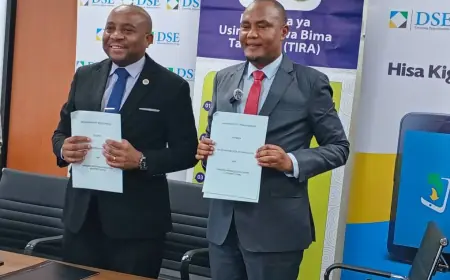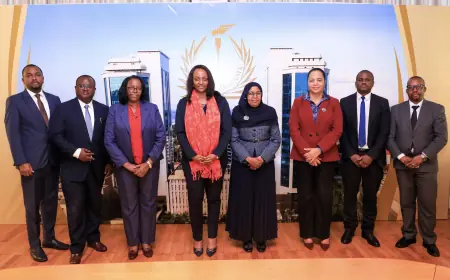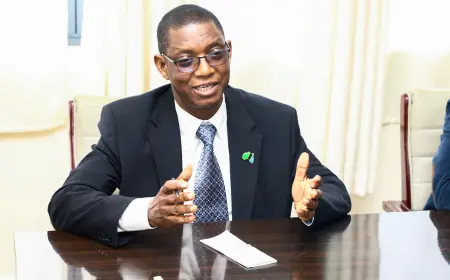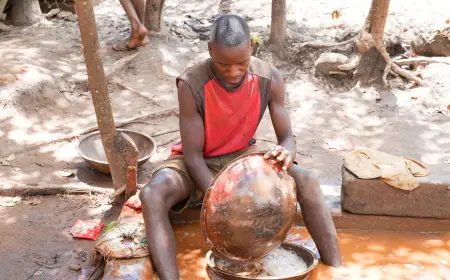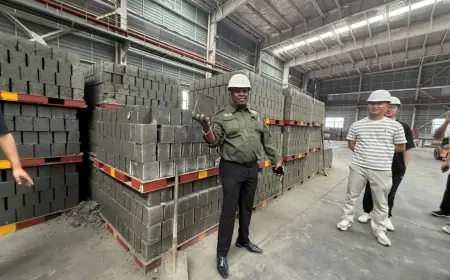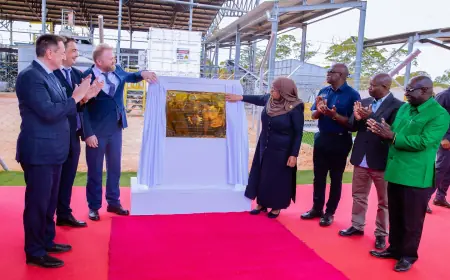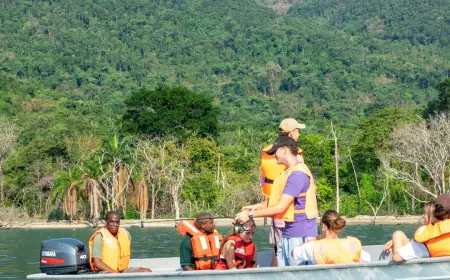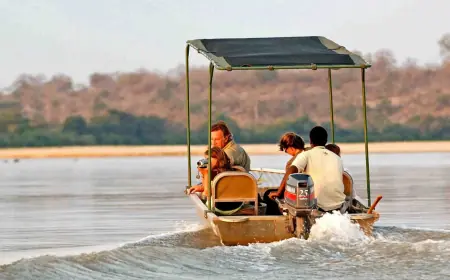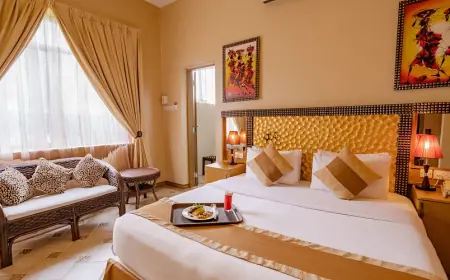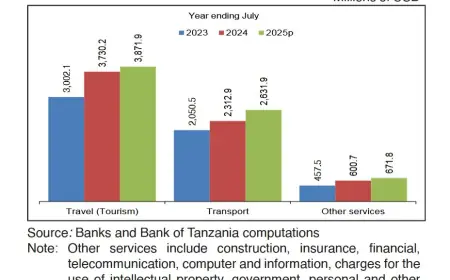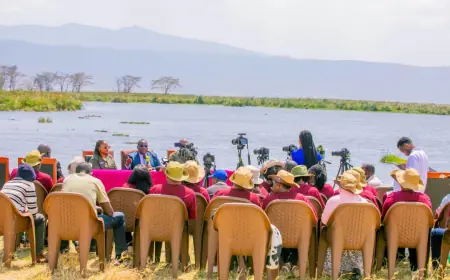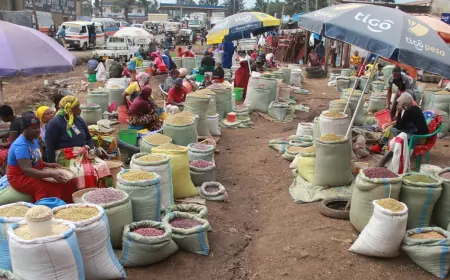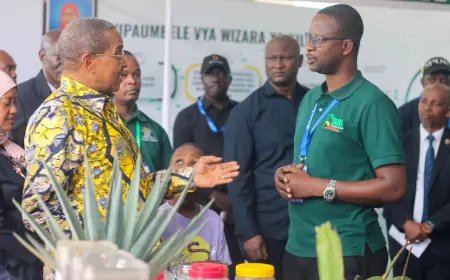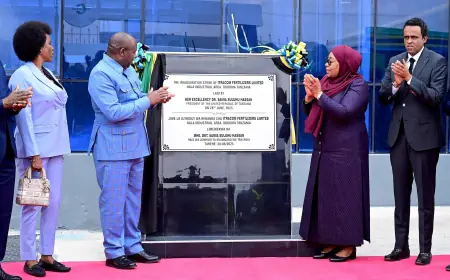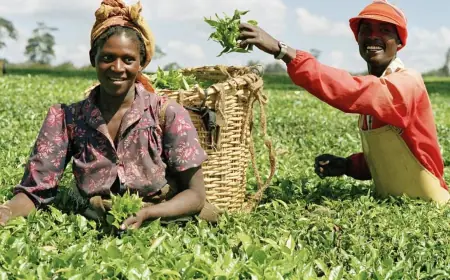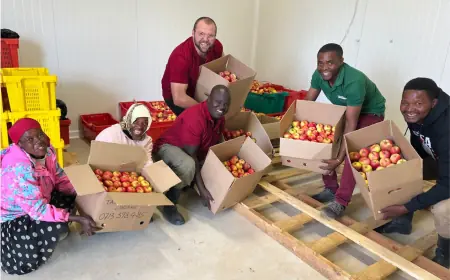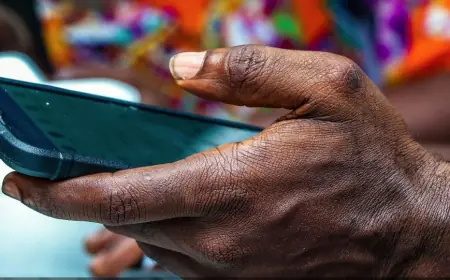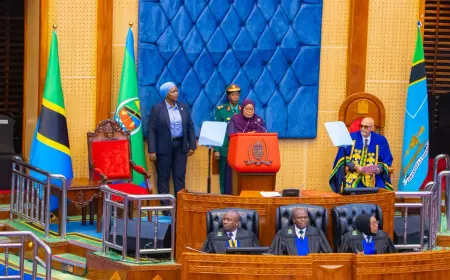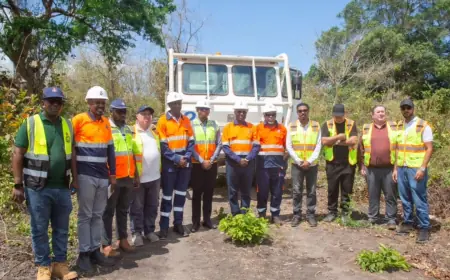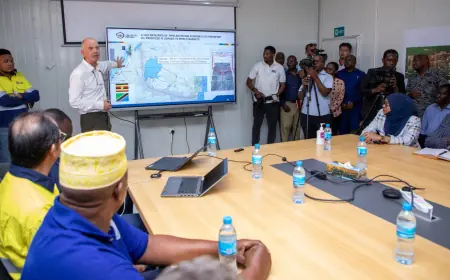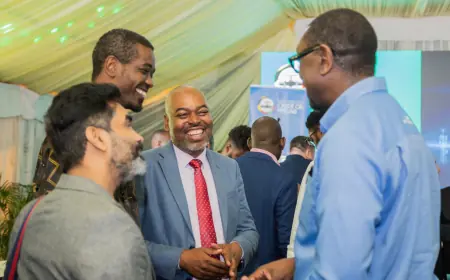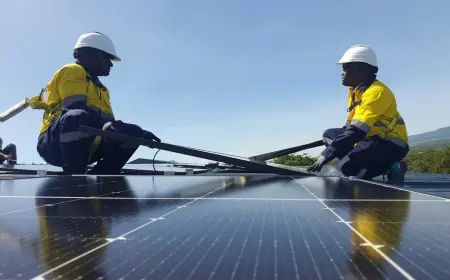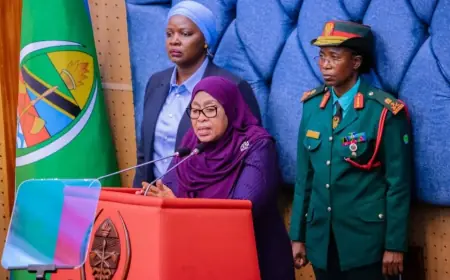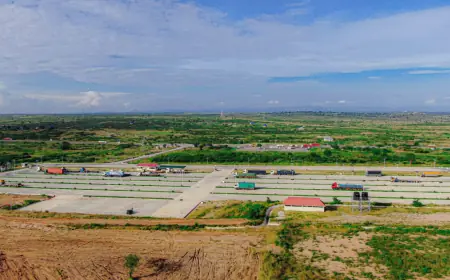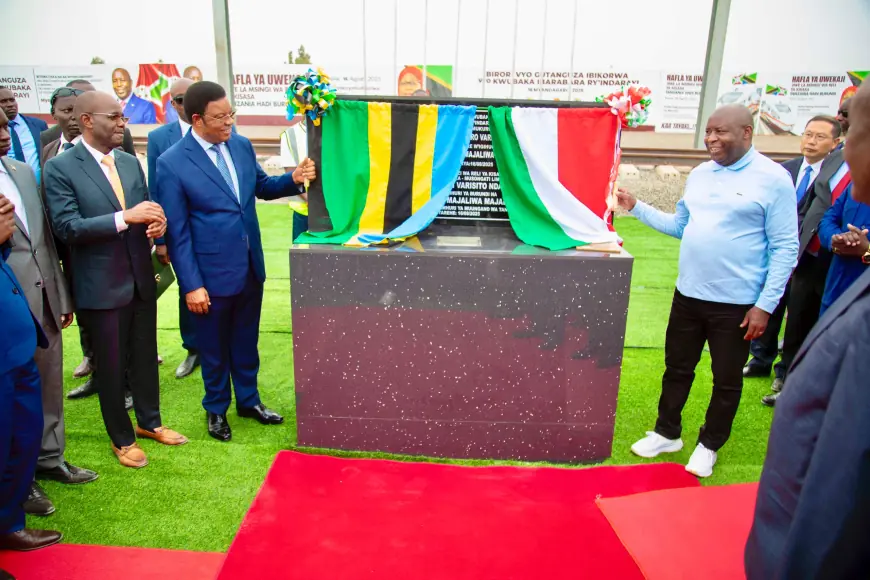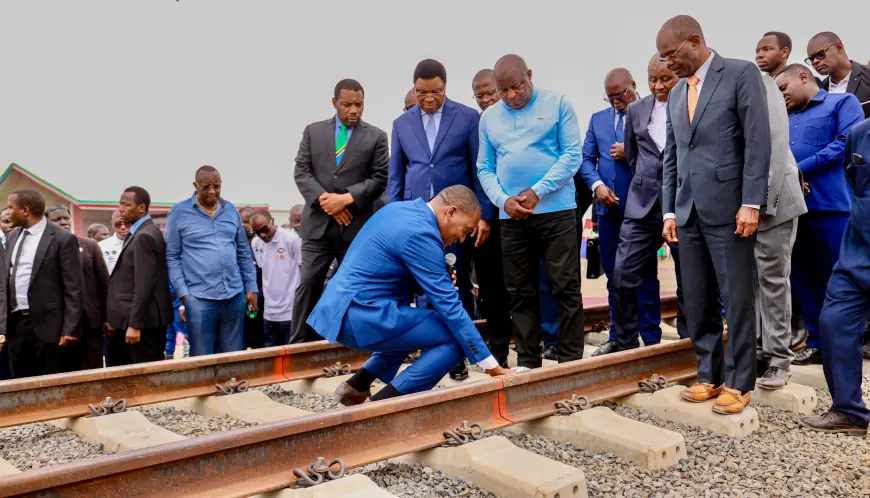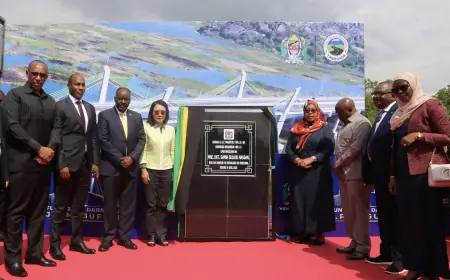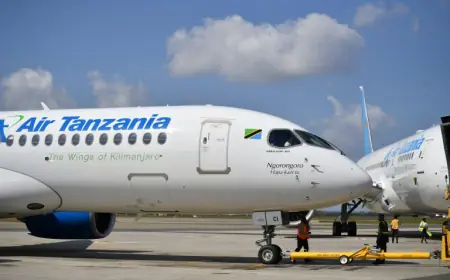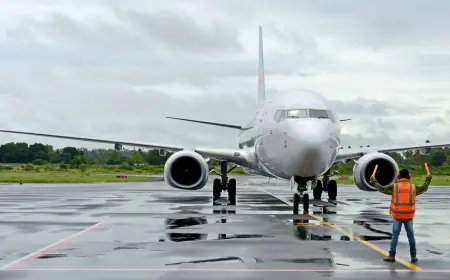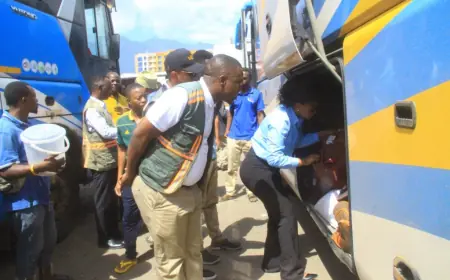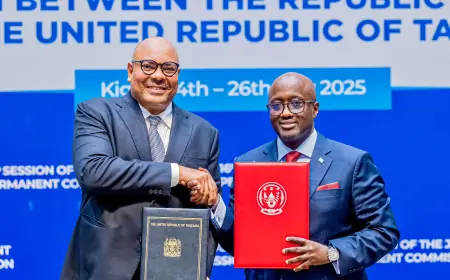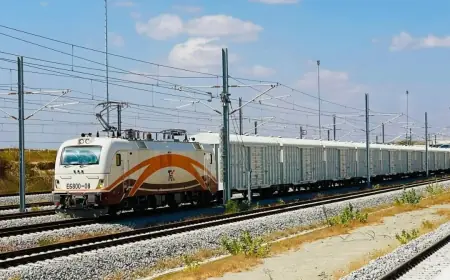Dar es Salaam–Burundi SGR: Forging a new trade artery for the Great Lakes
For Tanzania, the SGR cements its ambition to become the region’s logistics hub. For Burundi, the project represents a long-awaited lifeline to global markets
Musongati, Burundi. On August 16 2025, the governments of Tanzania and Burundi broke ground on what could be one of the most transformative infrastructure projects in Central and East Africa: the $2.15 billion Dar es Salaam–Burundi Standard Gauge Railway (SGR).
The 240-kilometre line, linking Uvinza in western Tanzania to the mining town of Musongati in eastern Burundi, is a cross-border railway and the beginning of a new corridor to the world for landlocked Great Lakes nations.
For Tanzania, the SGR cements its ambition to become the region’s logistics hub. For Burundi, the project represents a long-awaited lifeline to global markets.
Prime Minister Kassim Majaliwa, speaking on behalf of President Samia Suluhu Hassan during the ceremony, framed the project in striking terms.
“A journey that currently takes 96 hours by lorry from Dar es Salaam to Bujumbura will be reduced to just 20 hours by train.”
From Isolation to Integration
The symbolism was not lost on Burundian President Évariste Ndayishimiye, who reminded the jubilant Musongati crowd that such a railway had been discussed as early as 1921 under colonial administrations but never realised.
“Today, Tanzania and Burundi have made it happen,” he said in Swahili, underscoring the urgency for his mineral-rich country.
Investors keen on Burundi’s vast nickel deposits had only one critical question: how to move the ore to market. The SGR provides the answer.
According to feasibility studies, the Musongati deposit is the world’s tenth-largest nickel reserve, complemented by lithium and cobalt.
But the sheer bulk of these minerals makes long-haul trucking impractical and costly.
The SGR is expected to reduce transport costs for a 20-foot container from $3,800 to about $2,000, while a single train will haul up to 3,000 tonnes of cargo compared to the 30 tonnes a lorry can carry.
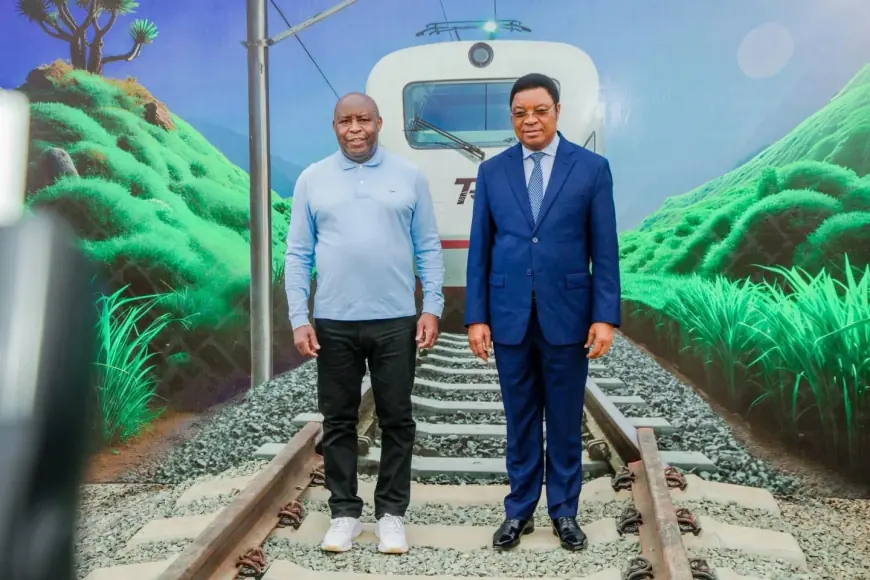
A Regional Artery with Continental Significance
By connecting at Uvinza with Tanzania’s wider SGR network—stretching from the Port of Dar es Salaam to Mwanza and Kigoma—the Burundi line positions the Central Corridor as a direct competitor to Kenya’s Northern Corridor.
For Dar es Salaam Port, which already handles about 80 per cent of Burundi’s trade, the SGR could attract new flows from eastern Democratic Republic of Congo and Rwanda, shifting the balance of regional trade.
Ndayishimiye went further, envisioning extensions into the DRC and ultimately westwards to the Atlantic. Such an interoceanic link aligns with the African Union’s flagship Agenda 2063, which champions a high-speed, integrated rail network across the continent.
The Cargo Conundrum
Yet the promise is tempered by risks. The economic viability of the SGR depends heavily on consistent cargo volumes, particularly from the mining sector.
Here lies a paradox. In 2022, Burundi revoked the mining licence of its key nickel operator, halting foreign-backed projects in Musongati.
Without clarity on mining policy and governance, the “iron artery” may struggle to secure the very shipments that justify its cost.
Moreover, efficiency at the Port of Dar es Salaam will be critical.
“The SGR is only as fast as its slowest link,” cautions the study. Bureaucratic bottlenecks at customs and congestion at the port could erode the gains made by faster rail transport if reforms do not keep pace.
Beyond the Tracks
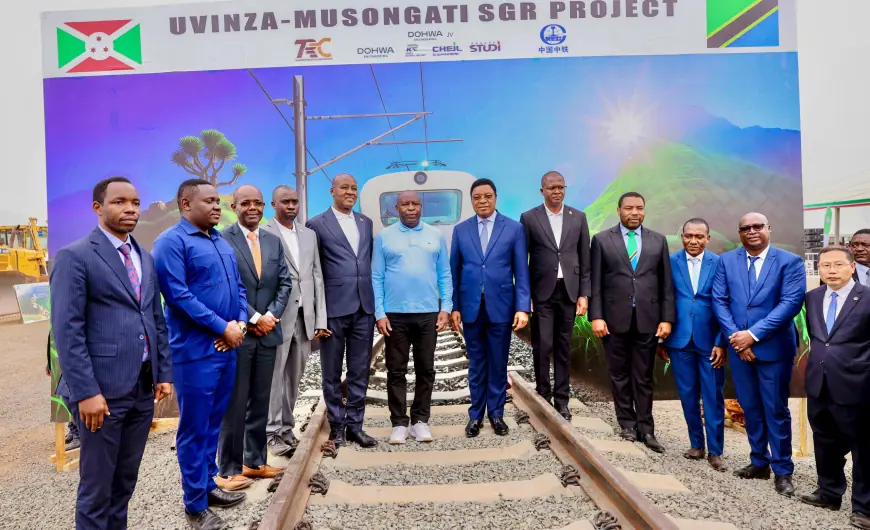
The SGR’s benefits extend beyond freight. The construction phase is already generating thousands of jobs in Tanzania, with long-term projections suggesting as many as 600,000 direct employment opportunities once the entire network is operational.
It is also designed as a multi-utility corridor, capable of transmitting electricity and internet services to underserved regions, fostering integration not just of markets, but of societies.
But there are trade-offs. As cargo shifts from road to rail, towns along trucking routes may face economic decline.
Land acquisition, compensation, and community displacement also demand careful management if the project is to be a win for all stakeholders.
As Prime Minister Majaliwa emphasised, the railway is scheduled to be delivered within five years, with an additional year of probation. Its true legacy, however, will not be defined by tracks alone.
Transparency in financing, independence in management, and stable mining policy will determine whether the Dar es Salaam–Burundi SGR becomes a beacon of sustainable integration—or an underused line burdened by debt and dashed expectations.
For now, as the foundation stone lies in Musongati, the railway embodies a bold vision: to connect the heart of Africa with the pulse of the global economy.
Whether that vision materialises depends as much on governance and policy as it does on engineering and steel.
What's Your Reaction?
 Like
0
Like
0
 Dislike
0
Dislike
0
 Love
0
Love
0
 Funny
0
Funny
0
 Angry
0
Angry
0
 Sad
0
Sad
0
 Wow
0
Wow
0
